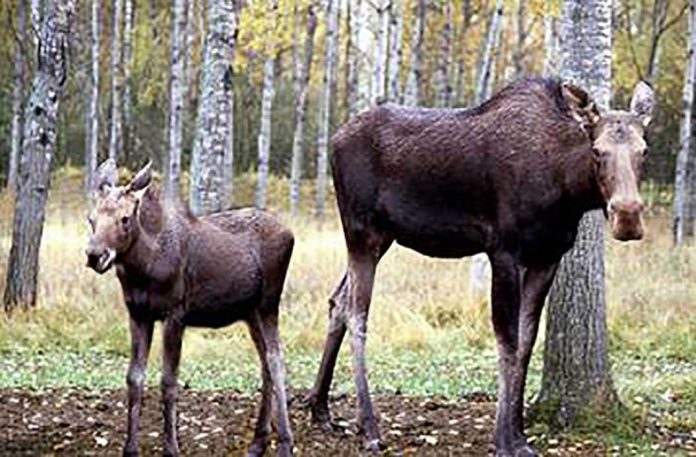How sweet it is…
by Dr. Janice Mitchell
As fall approaches, harvests are being completed, including the sweetest one of all—honey. With thoughts of this delightful gift from the bees, I was inspired to combine my two favourite topics: bees and veterinary medicine. This month’s topic is about healing honey.
In the veterinary profession, wounds come in all shapes and sizes and of course many modalities exist in the treatment thereof. The latest star on the rise is Manuka honey and floral-sourced honeys.
Honey, as I like to joke, is basically bee vomit. It is plant nectar that has been regurgitated from one bee’s stomach to another, and after being processed via the addition of enzymes and ‘fan-dehydrated’ by the bees’ wings in the hive, it is moulded into the lovely amber ambrosia we love to put in our tea or on our toast. But here’s the amazing thing about honey. Not only does it taste delicious and is a healthier choice of sweetener than sugar, but applied topically on skin it has amazing healing properties. Honey is a chemically and biologically layered potion with antibiotic, anti-fungal and wound healing properties. Different plant nectars contribute to this biological and chemical composition. The role of honeys from diverse floral sources has proven effective in killing diverse microorganisms, alleviating inflammation and facilitating tissue reconstruction. These properties have been noted by academics, including our own Ontario Veterinary College, and the healing aspects of honey are no longer consider old time folk medicine.
Which honey provides the best healing properties?
Much has been said about Manuka honey. It is derived from the tea tree, Leptospermum scoparium, that is found in New Zealand, Australia and Tasmania. The Unique Manuka Factor (UMF) and Methylglyoxal (MGO) grading systems assess the methylglyoxal activity, the active antibacterial component of Manuka. A major healing benefit of Manuka honey is the heat stability of methylglyoxal, which does not get inactivated by the heating/processing/pasteurizing of honey. Manuka honey has long been recognized as an effective treatment for wounds and burns. In the veterinary and human professions, Manuka is the type of honey used for the company Derma Sciences in their various “Medihoney” salves and bandage materials.
One of the main antibacterial components in non-Manuka honeys is hydrogen peroxide. The peroxide activity in honey is the result of the breakdown of its sugar molecules through an enzyme derived from nectar. Higher amounts of this enzyme in honey will generate greater amounts of peroxide. Hydrogen peroxide arrests the growth of bacteria and ultimately results in their destruction. In addition, hydrogen peroxide contributes to the healing and tissue restoration by attracting white blood cells, the soldiers of our blood, and stimulates blood vessel development and cell growth. Honeys with high levels of hydrogen peroxide, such as buckwheat honeys, have the same or greater antibacterial properties as Manuka type honeys and show equal efficacy against antibiotic resistant bacteria. One product that contains these varied floral honeys in an antibiotic gel called “Surgihoney.”
The other benefits of both honey types, aside from the hydrogen peroxide and methylglyoxal compounds, include their ability to create a moist environment for healing cells to glide across and to provide a barrier against infection. Honey also has antioxidant properties, again derived from the nectar of various plants. Interestingly, darker honeys, again like buckwheat, have higher concentrations of antioxidants. Anti-oxidants prevent damage to cellular DNA and have been associated with decreasing age-associated diseases such as cataracts, cardiovascular disease and some cancers. Finally, an antibiotic protein called Bee Defensin-1 is found in honey as it is made in the digestive glands of foraging worker bees. This protein is very effective in the destruction of some bacterial infections that are often resistant to antibiotic treatment. A common bacterial infection that some of you may know is MRSA, or methicillin resistant staphylococcus aureus. This is a big problem in hospital derived infections and a concern with both MDs and DVMs alike. Both Manuka and non-Manuka honeys have shown efficacy against this organism.
So move over Polysporin, there is a new kid in town. Mary Poppins needs to now sing “Just a spoonful of honey makes the medicine be sound.” Honey is a mixture of hydrogen peroxide, methylglyoxal, anti-oxidants, bee defensin-1, and sugars, all of which combine to form an incredible healing matrix. The science if now out there to confirm that honey is so much more than a sweetener. Just one more reason to give thanks and to respect and protect our wonderful, humble bees.
Dr. Janice Mitchell is a veterinarian at the Island Animal Hospital.



